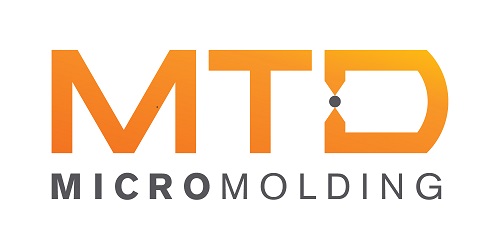We sat with Dennis as part of our Insider Q&A series and asked him a series of questions to get his perspective on common questions that we field from folks in the medical device industry. Here is Part 2 – Check back soon for additional thoughts from Dennis in future Insider Q&A blog posts.
Q: When friends and family ask what you do for work, what do you tell them?
With a smile, Dennis quickly responded with “We do very little work”.
“I think the best way to describe what we do is we enable smaller medical devices by helping customers do what they didn’t think was possible and teaching them how to use that for new product developments. I think that is what we are good at. We are definitely problem solvers – that’s our strength.”
“Our roots in mold building built the foundation that we really needed – a precise mold is the first building block to any successful project. Without that mold, you simply can’t get there. If we look back at our struggles and why we rescue projects from other molders, many times it is the lack of precision in the mold that doomed the project from the beginning. The smaller parts get, the more difficult this becomes – there’s less error you can tolerate in a mold.”
Q: What is micromolding?
“For me, it starts with a part that has features you cannot see with the naked eye. You need a microscope to see the feature(s) and the fine detail”.
Q: Every molder seems to define micromolding differently. How does MTD define it?
“We try to keep it simple. Our 1” rule – about 90% of what we do fits in the 1” footprint, where 10% of what we do are parts that have a need for precision but may fall outside of that 1” box. Regardless of size, if it’s a bioabsorbable part, we want to see it. It’s not just the size, but that is a good start to defining micromolding.”

